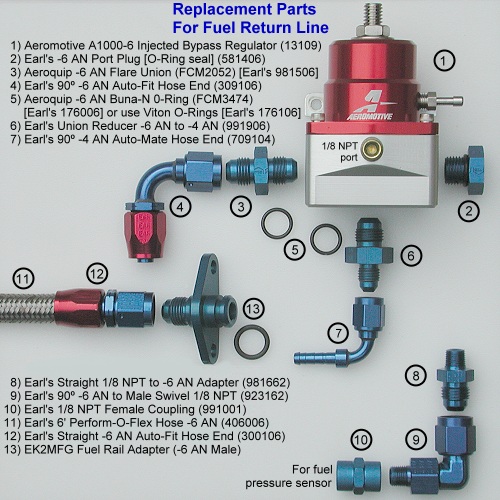
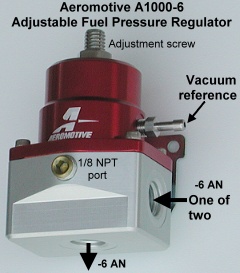 These instructions show how to remove the factory fuel pressure regulator and replace it with the Aeromotive A1000-6 adjustable FPR (part number 13109). Similar FPR's such as the SX Performance 15404 would also work. Both the A1000-6 and the 15404 have three -6 AN ports, two for fuel entering the regulator and one for fuel leaving. The A1000-6 is adjustable from 30 to 70 psi and has a 1/8 NPT gauge port. The 15404 is adjustable from 30 to 90 psi and does not have a gauge port. The SX 15402 does have a gauge port but uses -10 AN inlet ports. The A1000 is available with -10 AN ports (part number 13101). All of these FPR's increase fuel pressure 1 psi for every 1 psi of boost, the same as the factory FPR. When deciding between -6 AN or -10 AN ports and fuel hoses, remember that the factory fuel rails have an inside diameter that varies between 5/16" and 3/8" (-6 to -7 AN) and that the high-pressure fuel line from the tank to the filter is equivalent to -5 AN or -6 AN.
These instructions show how to remove the factory fuel pressure regulator and replace it with the Aeromotive A1000-6 adjustable FPR (part number 13109). Similar FPR's such as the SX Performance 15404 would also work. Both the A1000-6 and the 15404 have three -6 AN ports, two for fuel entering the regulator and one for fuel leaving. The A1000-6 is adjustable from 30 to 70 psi and has a 1/8 NPT gauge port. The 15404 is adjustable from 30 to 90 psi and does not have a gauge port. The SX 15402 does have a gauge port but uses -10 AN inlet ports. The A1000 is available with -10 AN ports (part number 13101). All of these FPR's increase fuel pressure 1 psi for every 1 psi of boost, the same as the factory FPR. When deciding between -6 AN or -10 AN ports and fuel hoses, remember that the factory fuel rails have an inside diameter that varies between 5/16" and 3/8" (-6 to -7 AN) and that the high-pressure fuel line from the tank to the filter is equivalent to -5 AN or -6 AN.
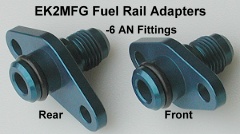 Before begining this project you will need to purchase a set of fuel rail adapters from EK2MFG (Bob Koch). Bob has these adapters built to his specifications and anodized. A of January 2004, he sells them on eBay (all four) as seller jckbkoch or you can buy them direct from him by email at ek2mfg at comcast dot net. Even a quick glance at Bob Koch's fuel rail adapters shows that these are little jewels. They are carefully and precisely crafted, and are anodized to a color blue similar to typical AN fittings. They also fit perfectly onto the ends of the fuel rail and do not leak when installed correctly. These fuel rail adapters make it simple to replace the factory supply and return fuel lines and the crossover pipe with aftermarket hoses and pipes that utilize AN fittings at the rail ends. The "front" and "rear" annotations in the picture refer to the supply and return side of the rails (where we will be working). Reverse the annotations for
the crossover pipe side of the rails. The adapters come with o-rings, 1/4" split spring washers, and M6x1 socket head cap screws.
Before begining this project you will need to purchase a set of fuel rail adapters from EK2MFG (Bob Koch). Bob has these adapters built to his specifications and anodized. A of January 2004, he sells them on eBay (all four) as seller jckbkoch or you can buy them direct from him by email at ek2mfg at comcast dot net. Even a quick glance at Bob Koch's fuel rail adapters shows that these are little jewels. They are carefully and precisely crafted, and are anodized to a color blue similar to typical AN fittings. They also fit perfectly onto the ends of the fuel rail and do not leak when installed correctly. These fuel rail adapters make it simple to replace the factory supply and return fuel lines and the crossover pipe with aftermarket hoses and pipes that utilize AN fittings at the rail ends. The "front" and "rear" annotations in the picture refer to the supply and return side of the rails (where we will be working). Reverse the annotations for
the crossover pipe side of the rails. The adapters come with o-rings, 1/4" split spring washers, and M6x1 socket head cap screws.

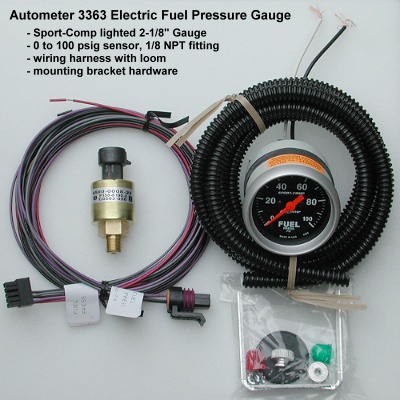
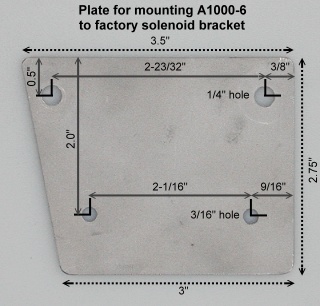
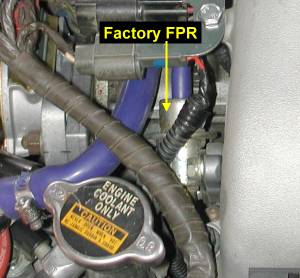
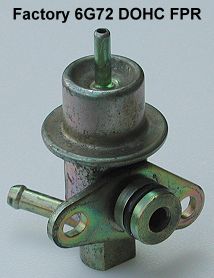
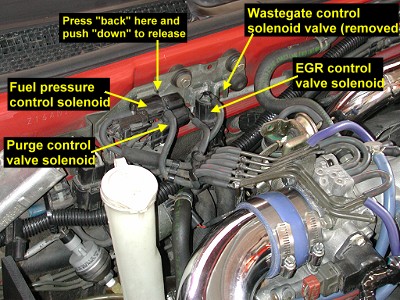
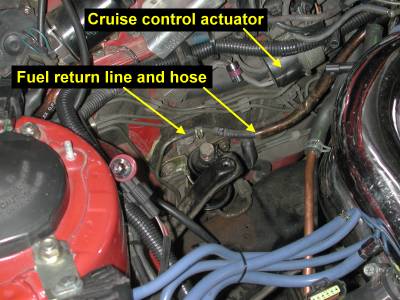
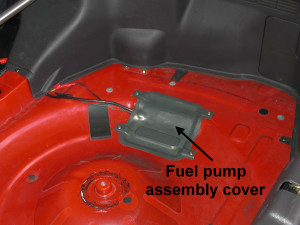
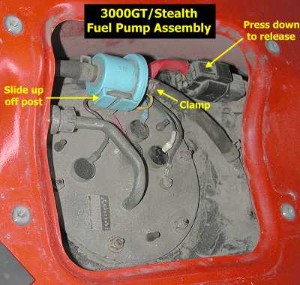
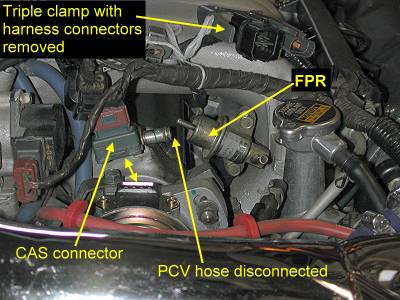
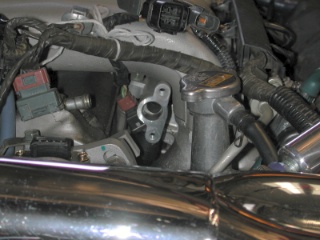
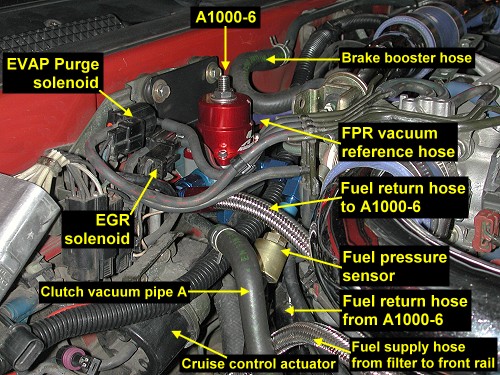

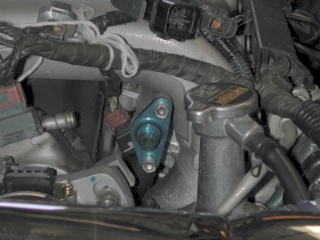
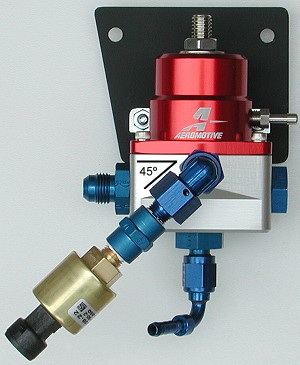
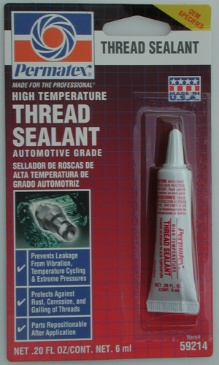
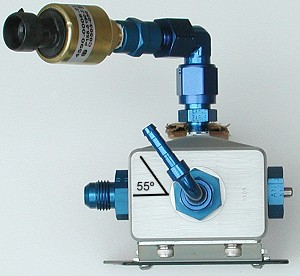

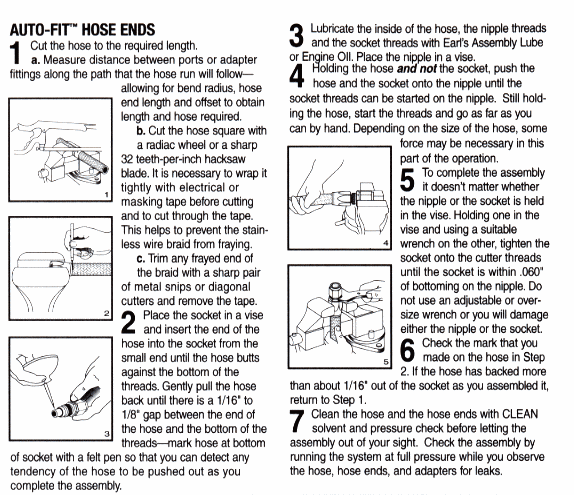
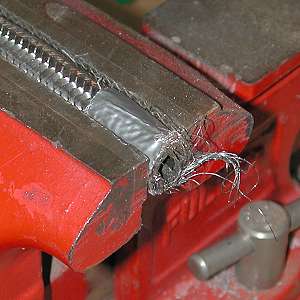
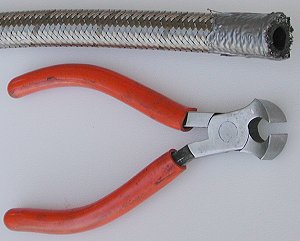
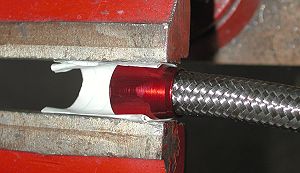
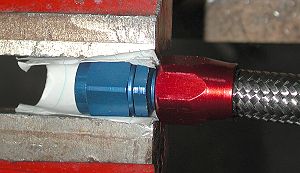
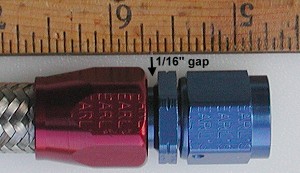
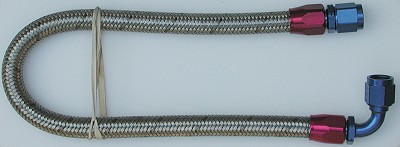
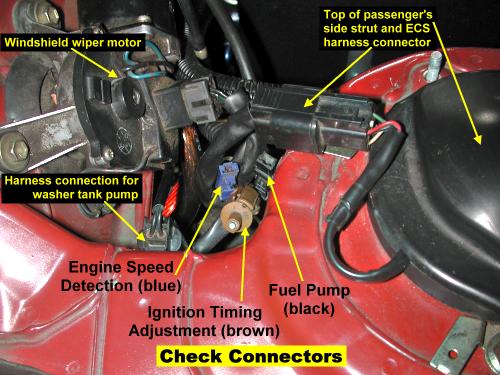
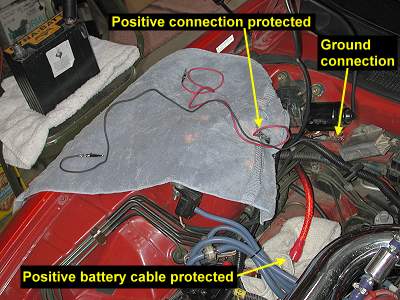
| Back | Home | Forward |